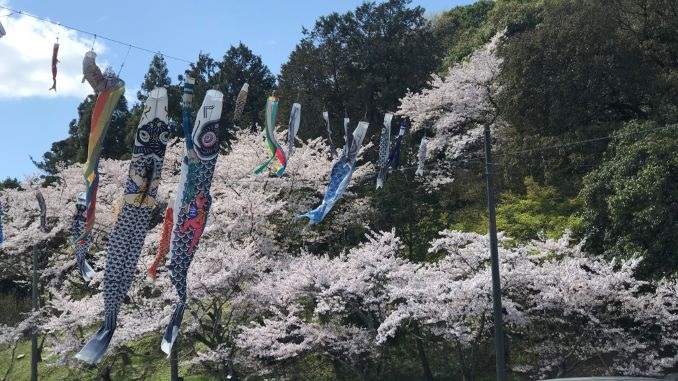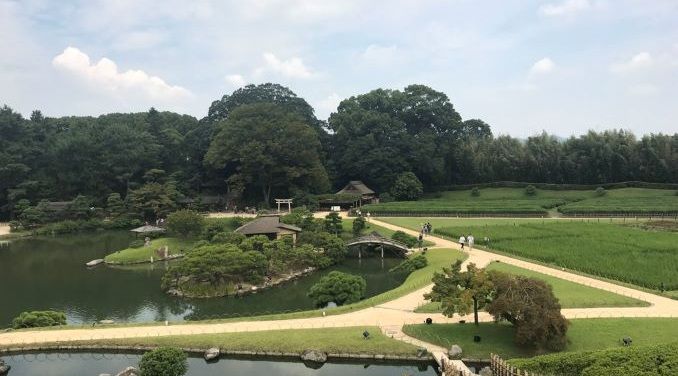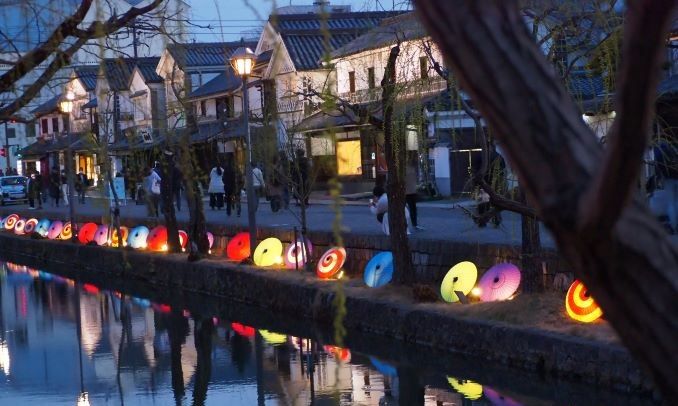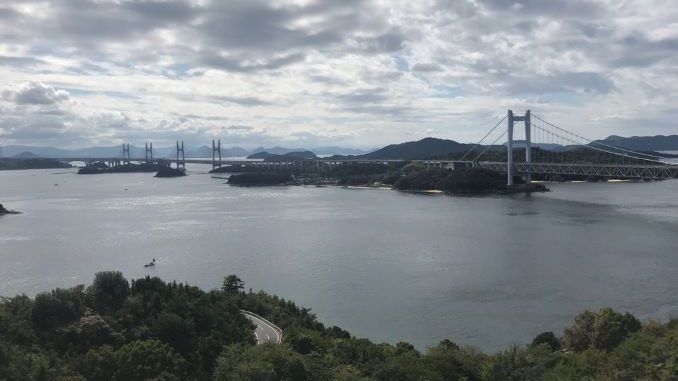5 Reasons to Visit Okayama, Japan’s Land of Sunshine
Photos by Bianca Weber
Wedged between Osaka and Hiroshima on the Tokaido-Sanyo Shinkansen line is the oft-forgotten prefecture of Okayama. Most two-week Japan travel itineraries do not allow any time at all to stop in the land of sunshine, so-called for having, on average, 277 days of sunshine a year, and that is a mistake. Okayama is a prefecture rich in culture, beautiful scenery and delicious food. Because Okayama is a path less travelled, it offers a welcome change of pace for those weary of the relentless hustle and bustle of Japan’s major metropolises. It is more than worth a trip. So, when you decide to come to Japan, here are five reasons to visit the home of Momotaro.
1. Okayama Korakuen Garden: One Of Japan’s Great Gardens

A short tram journey away from Okayama station is one of the crown jewels of the prefecture: Korakuen Garden. Built over 300 years ago by the area’s daimyo, Korakuen is considered one of the three most important gardens in the whole of Japan, thanks to its lush green lawns and tea plantations. There is always something to marvel at throughout the year at Korakuen, whether you’re in Japan for plum blossoms in the winter, cherry blossoms in the spring, Korakuen’s famous nighttime illuminations in the summer, or leaf viewing in the fall. I strongly recommend sitting in one of the garden’s tea houses for green tea and a sweet, watching the koi swim through the many ponds and streams separating the lawns.
Not far from Korakuen is the imposing Okayama Castle. Rebuilt in 1966, Okayama Castle’s black walls cut an awe-inspiring presence throughout Korakuen. Climb to the top of the castle for outstanding views across Korakuen and Okayama City.
2. Handayama Botanical Garden: A Hill Full Of Cherry Blossom

Kyoto’s Maruyama Park and Tokyo’s Yoyogi Park are often at the top of people’s lists when planning to see Japan’s famous cherry blossoms. However, these places get extremely crowded during the season. A short bus or cycle away from Okayama City is Handayama Botanical Garden. Set on a rather steep hill, it is quite a physically taxing garden to explore. However, the 1,000 cherry trees that climb up the hill make for a truly astonishing experience. With over 40 different cherry varieties, you will experience the breadth of the spring palette strolling through this sea of petals. As it is also slightly out of the way, Handayama is often reasonably quiet, allowing plenty of time and space to capture the perfect shot.
Outside of cherry blossom season, Handayama also has a delightfully cool bamboo forest for those blistering summer days, a maple grove for fall color and many other flower and greenhouse arrangements for patrons to marvel at and enjoy all year around.
3. Kurashiki: A Beautifully Preserved Historical District

A short 20 minute train ride from Okayama City will take you to Kurashiki City. From there it’s just a short walk through a charming covered shopping street to Kurashiki Bikan Historical District. In much the same vein as Kyoto’s famous Gion district, the Bikan Historical District has endeavored to preserve its original beauty by not allowing overhead electrical lines to be built and by encouraging businesses to maintain a traditional aesthetic and proportion. A particular highlight of the area is the boat tour of Kurashiki canals. Sit and relax on a gondola while gently floating along the canal, watching Kurashiki’s unique architectural landmarks, such as the Ohara Museum of Art, pass you by.
Be sure to take some time to eat Kurashiki’s famous shaved ice while here, especially in the summer. Shaved ice is a soft and refreshing dessert typically topped with syrup. However, in Kurashiki you’re more often likely to find shaved ice topped with Okayama specialty fruits like muscats and white peach.
4. Kibiji Cycling Route: A Gorgeous Tour Of Temples and Shrines

If you are looking to do something more active, all while taking in some Japanese rural scenery, the Kibiji Cycling Route should be high on your list. Though you can start the route from Okayama City, I would recommend you take a train from the City to Bizen-Ichinomiya station. This will reduce the overall cycling distance from 15.5 miles to around 10.5 miles and get you started straight away on the shrine pilgrimage. Bikes can be easily rented from just outside the station and then returned at the end of the route, so there’s no need to panic about cycling all the way back to the start.
The Kibiji trail is flat most of the way through, so there aren’t any major hills to worry about cycling up, and will take you to some of Okayama’s most beautiful shrines and temples. Those include Kibitsuhiko-jinja Shrine, where the man who inspired the folk story of Momotaro is enshrined; Kibitsujinja Shrine, a shrine with a gorgeous sub-400 yard bowed corridor; and the crown jewel of the route, Bicchu Kokubun-ji Temple, which was founded in the 8th century and features Okayama’s only five-story pagoda.
When you finish your tour in the city of Soja, do be sure to check out one of Soja’s many bakeries. I actively recommend a bakery called Industry, whose brie and apricot roll are to die for.
5. Kojima: Breathtaking Views Of Seto-Ohashi Bridge

Finally, taking a 30-minute train from Okayama City to Kojima will bring you right onto the doorstep of the Seto Inland sea. The sea between the main islands of Honshu and Shikoku is dotted with myriad small islands that bring into perspective Japan’s position as an archipelago. Renting a bike from the station allows you to cycle up Mt. Washuzan for a stunning view across the sea and at the Seto Ohashi Bridge—the longest two-tier bridge system in the world, connecting Honshu with Shikoku.
If shopping was on your mind, Kojima’s jeans street is not to be missed. Okayama’s soil is perfect for growing cotton, and Kojima is the place to buy any denim accoutrements one might desire. As someone who has personally bought a denim jacket from Kojima’s jeans street, I cannot stress enough the level of care and quality these items are made with.
During the summer, if you are feeling daring, you can also enjoy some jeans flavored ice-cream from many of the vendors scattered throughout the jeans street, alongside small Shinto shrines and Buddhist temples scattered throughout the area.
Michael Leopold Weber is a Freelance writer from the UK currently living in western Japan. Michael loves to travel off the beaten path to eat specialty foods and collect ugly fridge magnets. He can often be found writing for print publications like Lost In Cult’s [lock-on] as well as chatting all things nerdy on sites like Dicebreaker and NME.







































